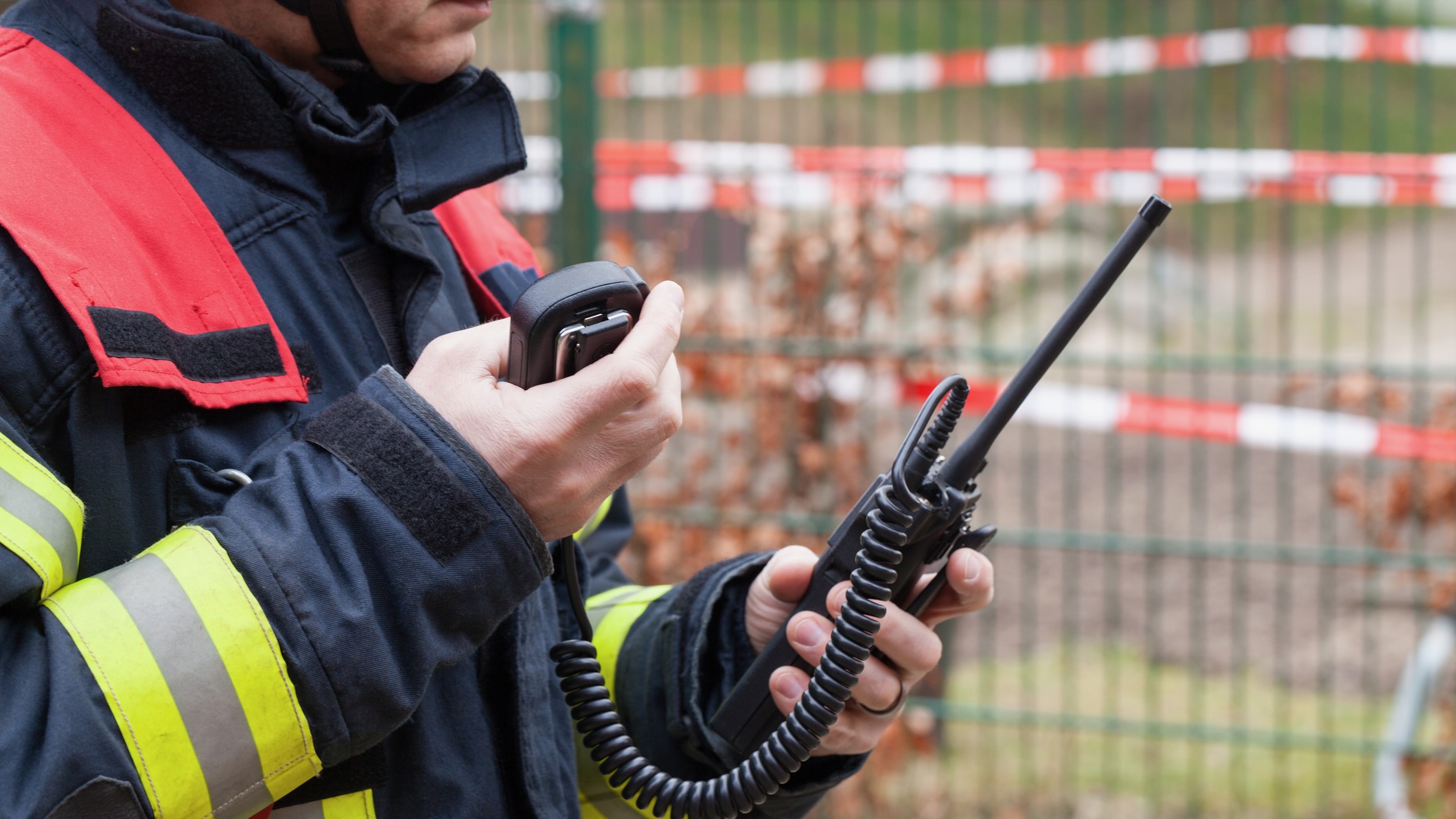NPR project will bring more program info to on-screen displays
When you turn on the audio system in your car, you’ve probably become accustomed to seeing an on-screen display of the song and artist you’re listening to — at least if you’re listening to a commercial music station. That so-called “metadata” has been part of the radio experience for well over a decade now.
When it comes to metadata, public radio is “behind the commercial stations in some respects, but there are good reasons for that,” said Jim Duff, director of product development for NPR Distribution. Unlike the homogeneous formats of commercial stations, public radio’s content comes in many forms from many providers, and it includes NPR news as well as music from distributors such as Classical 24. That adds to the challenge of getting metadata from producers through distributors and to the end user.
At the Public Radio Engineering Convention in Las Vegas April 13 and 14, NPR Distribution unveiled a public radio answer to the gap in metadata. The new system MetaPub promises to bring a richer experience to listeners of HD Radio, smartphones, streaming or even analog radio, using the Radio Broadcast Data Standard that delivers text to car displays. NPR Distribution is developing MetaPub in cooperation with NPR, American Public Media and Public Radio International.
The system, which is being beta-tested on-air at KNPR in Las Vegas and by several other pubcasters, already includes data from Classical 24 and NPR’s flagship newsmagazines. Instead of getting just a static display of the station’s call letters or the name of the show, KNPR listeners tuned into Morning Edition now see the name of the reporter on-air and a story title that changes with each segment.
The flow of data will expand even further. MetaPub will include images with stories, so a listener hearing a report from a war zone, for instance, might also see a slide show of photos of the scene.
Duff says integrating news programming metadata has been a challenge. “The very fact that it’s all last-minute means there are workflow issues for all the producers to get metadata on the air,” he says.
Getting the data from source to destination is a four-part system. News producers, for instance, have to enter the title and reporter for each story into an application program interface that interacts with newsroom systems.
 The MetaPub API then pulls that data into MetaPub’s servers, which then feed them to “middleware” systems at each station. Those systems can be integrated with existing automation or can be stand-alone datacasting systems from vendors such as Arctic Palm or NextRadio. The middleware systems then send the data through various distribution channels, such as NextRadio’s smartphone app, streaming providers or the devices that add data to analog and digital over-the-air broadcasts.
The MetaPub API then pulls that data into MetaPub’s servers, which then feed them to “middleware” systems at each station. Those systems can be integrated with existing automation or can be stand-alone datacasting systems from vendors such as Arctic Palm or NextRadio. The middleware systems then send the data through various distribution channels, such as NextRadio’s smartphone app, streaming providers or the devices that add data to analog and digital over-the-air broadcasts.
“We feel like this is the key that will push the public radio system into really engaging with metadata in a constant production-level way when they’re doing it all the time,” Duff said.
Following the rollout at PREC, Duff says NPR Distribution is working on additional functionality for MetaPub. The system can already handle “live deferred” content; if a station records an hour of All Things Considered for later broadcast, for instance, MetaPub can provide the metadata as long as it airs within 48 hours.
A bigger challenge for MetaPub will be the many ways in which local stations use newsmagazine content; Duff said work is underway on a method to provide metadata when segments of a magazine show are rearranged at the station end, such as during a pledge drive. NPR Distribution also hopes to expand its testing universe later this year, adding more stations and potentially more program producers to MetaPub.
As MetaPub rolls out to a broader station lineup, NPR Distribution says it will add functionality. Because MetaPub allows data to include links, streaming or smartphone listeners might soon find a “donate now” button on their screens to encourage membership.
Some of the distribution paths for MetaPub data, including the NextRadio smartphone app, will also return demographic data to stations, providing a new source of information about who’s actually listening at any given time.






